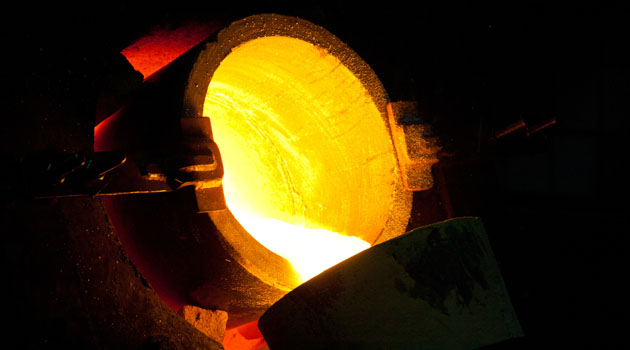 Recent discussions of methods by which biomass could be turned into fuel makes a lot of sense, in theory. Plant matter is composed of energy-intensive carbohydrates but, even now, scientists still don't have the perfect solution for converting plant sugars into combustible fuels.
Recent discussions of methods by which biomass could be turned into fuel makes a lot of sense, in theory. Plant matter is composed of energy-intensive carbohydrates but, even now, scientists still don't have the perfect solution for converting plant sugars into combustible fuels. "There's a real challenge in the catalysis and conversion process that we face, which is that nature and evolution have already fashioned far better catalysts than we could create on our own," said Materials Scientist Christopher Marshall who leads the Institute for Atom-Efficient Chemical Transformations at the U.S. DOE's Argonne National Laboratory.
"In order to aid the transition away from a petroleum-based economy, we have to take our cues from the catalysts that have existed for millions of years."
Using actual biological enzymes would not be a workable solution, as enzymes work too slowly to be effective. To convert biomass to biofuels, researchers need to synthesize biologically inspired inorganic catalysts that balance the need for molecular specificity and high reaction rates.
Potential catalysts for biofuel production have traditionally come from the precious metals and their elemental cousins. According to Marshall, scientists have found an increasing spectrum of applications first for platinum, and then for a platinum-molybdenum hybrid. "Slightly different chemistries can produce dramatically different results both, in terms of efficiencies and specificities," he said. "We're really just trying to fashion the best molecular jigsaw pieces we can to fit this larger puzzle."
Because hydrogen is contained within the carbohydrate backbone of plant matter, ideally scientists hope to find a self-sustaining process wherein the hydrogen needed to convert biomass to biofuels can be extracted from the biomass itself. To do so, requires the development of robust inorganic materials based on nanotechnology that can improve the multistep process of going from wood chipper to gas tank.



























































